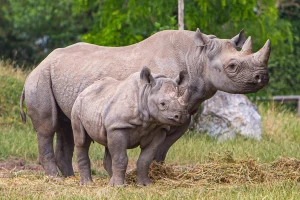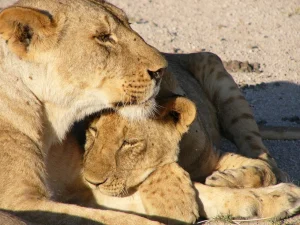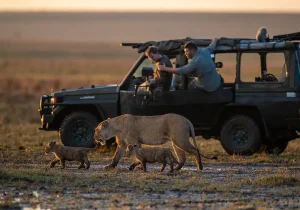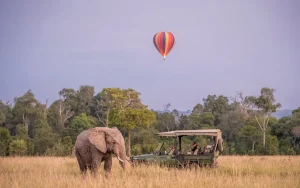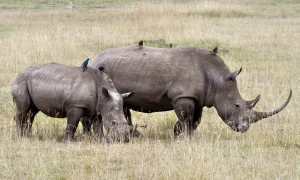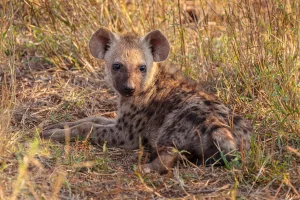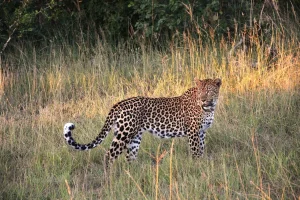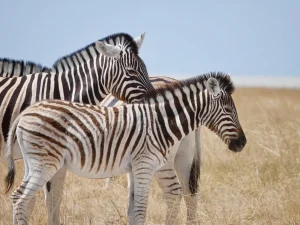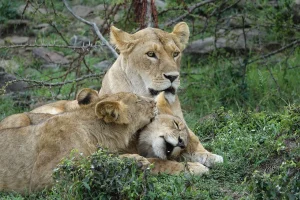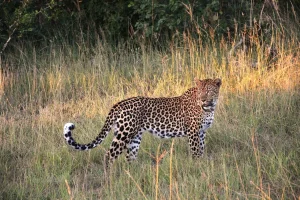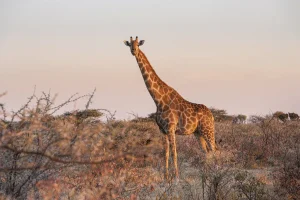Nairobi National Park History: Wildlife and Urban Interface in Kenyan Conservation
What does Nairobi National Park history tell us? Nairobi National Park, a jewel of Kenyan conservation, boasts a rich and fascinating history. Understanding its past reveals the dedication and foresight that led to the creation of Kenya’s first national park, a sanctuary where wildlife thrives on the edge of a major city.
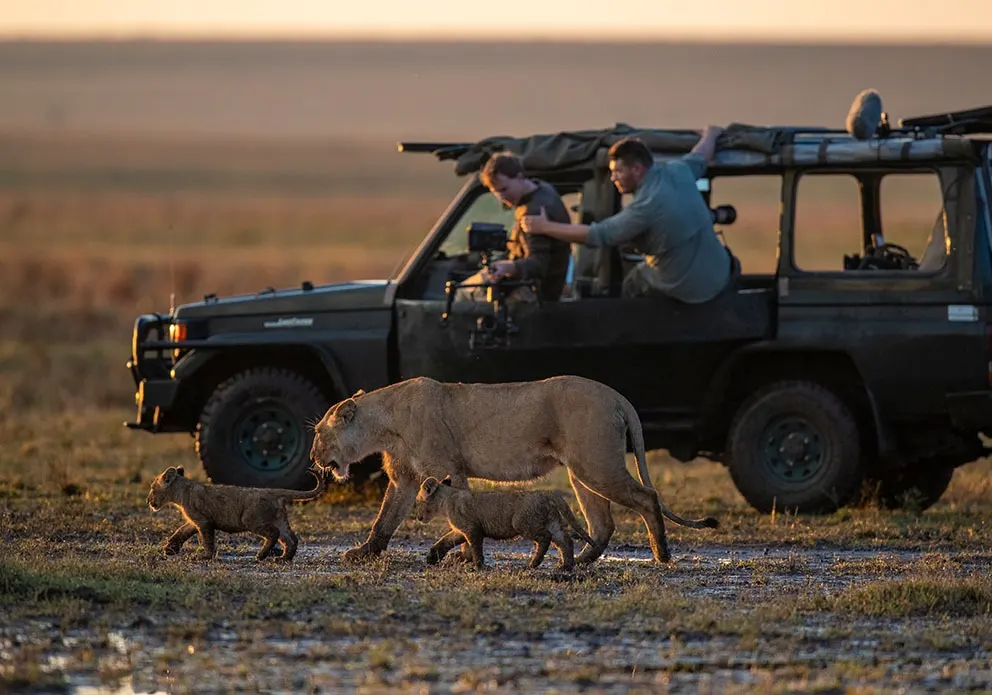
The Seeds of an Idea: Establishing the Park
The establishment of Nairobi National Park in 1946 was the culmination of early conservation efforts in the region. A key figure in this story is Mervyn Cowie, whose vision and persistent advocacy played a crucial role. He recognized the increasing pressure from human settlement on the area’s abundant wildlife and championed the idea of a protected space. The initial concept involved a larger Southern Game Reserve, but ultimately, a defined area bordering Nairobi was established. This pivotal moment marked the beginning of the park’s significant historical significance.
- Early conservation in Kenya was gaining momentum, driven by concerns about dwindling wildlife populations.
- The park’s creation aimed to mitigate wildlife conflicts in Nairobi early days that arose as the city expanded.
- The year of its founding, directly addressing the Nairobi National Park founding date, is a key milestone in its Nairobi National Park timeline.
Key Moments and Influences in Its Development
The history of wildlife conservation in Nairobi is deeply intertwined with the park’s evolution. Several factors and events shaped its trajectory:
- The policies of the colonial administration and wildlife played a significant role in the initial land designation.
- The park’s location was chosen considering traditional animal migration routes and vital grazing areas present in Nairobi National Park before establishment.
- The narrative of Maasai pastoralists and their historical land use is an important aspect of understanding the park’s origins and the complexities of land management.
- Over the years, the park has faced various Nairobi National Park challenges over time, including poaching and the increasing growth of Nairobi city impact on its boundaries and ecosystems.

Milestones and Modern Significance
Looking at the Nairobi National Park timeline reveals significant events that have shaped its present form and importance:
- The establishment of the David Sheldrick Trust history within the park, dedicated to rescuing and rehabilitating orphaned elephants and rhinos, adds a crucial layer to its conservation narrative. We normally recommend our guests to combine a Nairobi National Park safari with a visit to David Sheldrick Trust to get more out of their safari. The trust is open from 11 am to 12 pm every day.
- The ivory burning site history stands as a powerful symbol of Kenya’s commitment to combating poaching and protecting its iconic wildlife. This exercise was carried out by the late president Mzee Daniel Toroitich Arap Moi.
- Significant anniversaries, such as the 75th anniversary Nairobi National Park, provide opportunities to reflect on its enduring legacy.
- Today, the park’s origin as Nairobi National Park as a pioneering conservation effort continues to inspire similar initiatives globally. Its unique location provides unparalleled opportunities for experiencing early wildlife in Nairobi so close to an urban center.
In essence, the Nairobi National Park history is a story of vision, adaptation, and an ongoing commitment to preserving Kenya’s natural heritage in the face of development. Its journey from an idea to a vital ecosystem on Nairobi’s doorstep underscores its enduring importance. The park is managed by Kenya Wildlife Service and you can pay the entry fee through the recently launched E-citizen.

